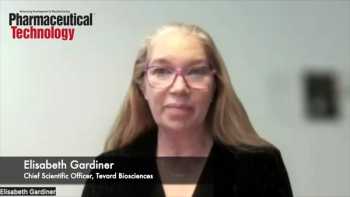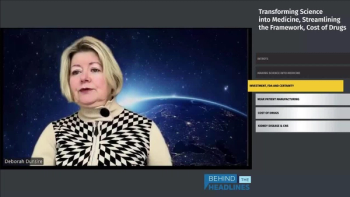
- Pharmaceutical Technology July August 2025
- Volume 49
- Issue 6
- Pages: 26
ICH Q12 and Post-Approval Changes–Less than Satisfactory State of Affairs
Key Takeaways
- The ICH Q12 guideline aims to harmonize post-approval change management, addressing delays and supply issues in the pharmaceutical industry.
- Global adoption is limited, with only three ICH countries fully implementing the guideline, and many others still in progress.
Speedier implementation of the Post-Approval Change Management Protocol is essential for it to have a positive effect on supply security, says Siegfried Schmitt, PhD, vice president, Technical at Parexel.
Q: The International Council for Harmonisation’s (ICH) Q12 (1) introduced the Post-Approval Change Management Protocol (PACMP). Has this approach been adopted globally?
A: This attempt by ICH to harmonize the post-approval changes (PAC) management process was welcomed by industry, as this aspect of the drug lifecycle traditionally caused considerable delays to innovation and impacted drug supplies. The key hurdles were the non-harmonized, country-specific regulations concerning PAC. The license (marketing authorization) holders want to implement changes while the product is on the market to improve the manufacturing processes, to secure supplies, and to apply new scientific or technical solutions. If such changes are only approved in some markets, the manufacturer is forced to apply different manufacturing processes, which only makes the situation more complicated and less secure.
Global health authorities have as much of an interest in harmonizing the PAC management process as industry, which is evident from the issuance of the ICH Q12 guideline. Specifically, harmonization with regard to the change categorization and review timelines were targeted. Approval timelines of three to five years (2) were not uncommon and are obviously far too long to help ensure safe and secure supply of medicines using state-of-the-art technology and science.
A look at the ICH website reveals that only three ICH countries have completed the implementation yet, with some showing “in progress” and several as “not yet implemented” (1). A similar picture emerged in an industry survey in 2023 and published in 2024 of nine selected ICH members and 19 observers (2). This survey revealed the following:
- Regulators had received increased training on ICH Q12.
- Long unpredictable timelines for review and approval.
- Limited capacities for such reviews at the regulators.
- No country had implemented Established Conditions or the Product Life Cycle Management document.
- Only one country reported the in-use of the PACMP.
Complex reliance mechanisms, such as worksharing, regional reliance, unilateral recognition, and mutual recognition, were not used by the regulatory agencies.
Though nobody expects immediate adoption or seamless and complete harmonization—not least because some of the elements of ICH Q12 are not fully compatible with the existing regulatory framework (e.g., the European Union’s variation guidance)—there is still progress to be made. Speedier implementation by the regulatory authorities, particularly with regard to harmonization of change categorization and providing predictable and shorter review and approval timelines, is essential for this guideline to have a positive effect on pharmaceutical product supply security.
Test your knowledge
References
- ICH. Q12 Technical and Regulatory Considerations for Pharmaceutical Product Lifecycle Management (ICH, November 2019).
ich.org/page/quality-guidelines - Deavin, D.; et al. A Global Industry Survey on Post‑Approval Change Management and Use of Reliance. Therapeutic Innovation & Regulatory Science 2024 58 (1094–1107), DOI:10.1007/s43441-024-00681-y
About the author
Siegfried Schmitt, PhD, is vice president, Technical at Parexel.
Articles in this issue
6 months ago
Overcoming PK/PD Modeling ChallengesNewsletter
Get the essential updates shaping the future of pharma manufacturing and compliance—subscribe today to Pharmaceutical Technology and never miss a breakthrough.




